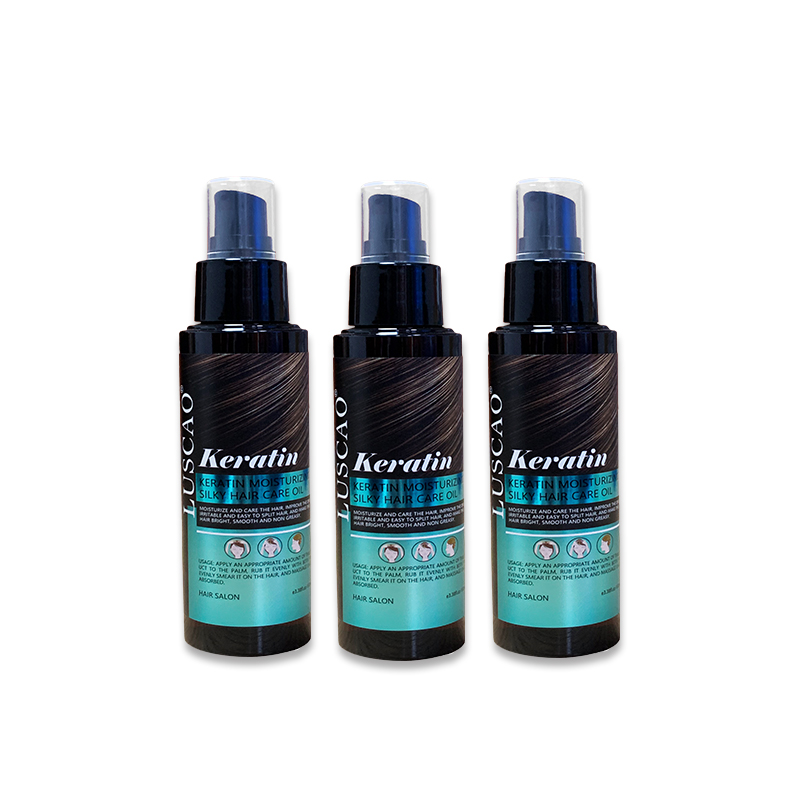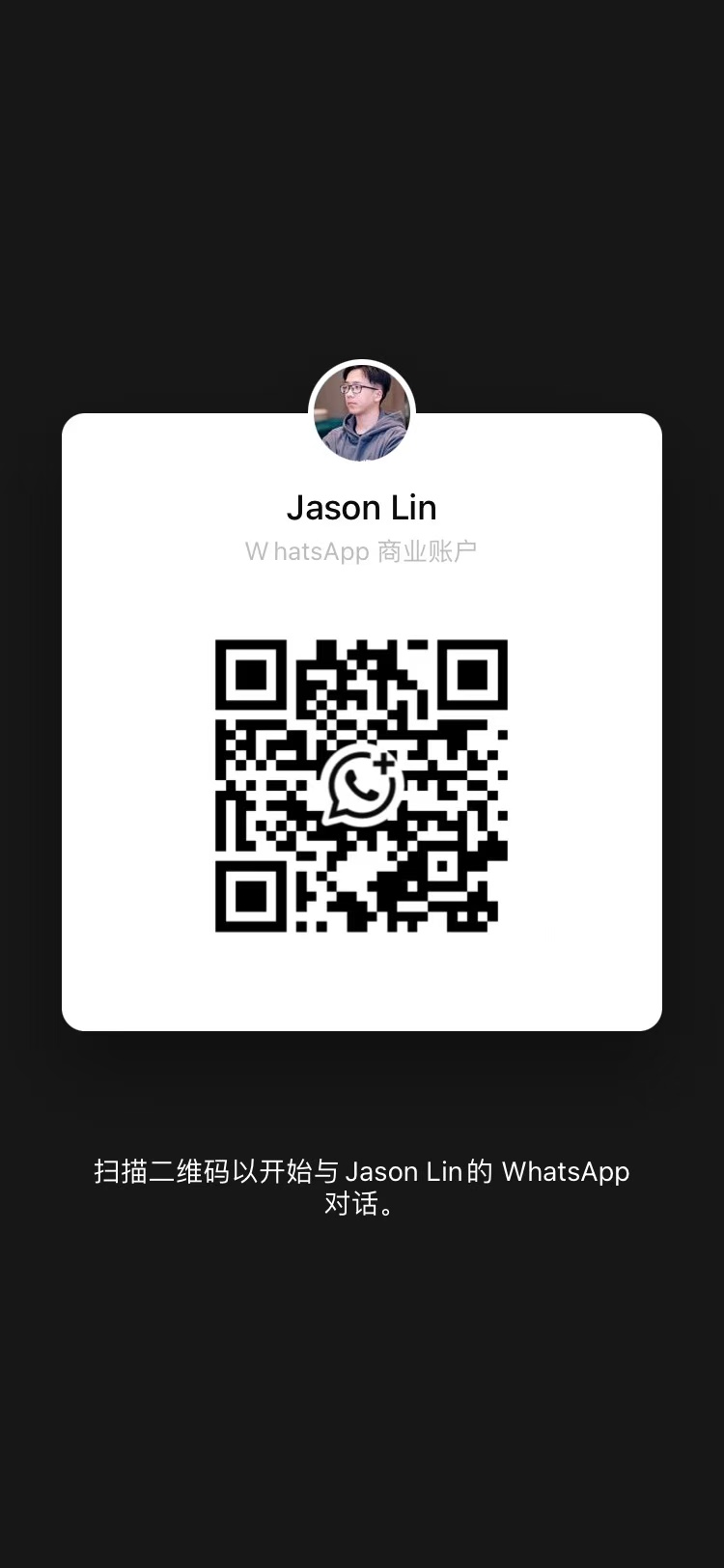Effective Anti-Aging Ingredients for the U.S. Skincare Market – What Actually Works?
In today’s $60+ billion U.S. skincare market, anti-aging products promise youthful, glowing skin—but often fall short. Whether you're a beauty entrepreneur importing cosmetics or a brand owner developing formulations, understanding the pitfalls in this category is crucial to standing out.
Below, we break down the key issues in most anti-aging products, and offer practical.
❶ Market Pain Point: Overpromising, Under-Delivering
Hundreds of anti-aging products promise “miraculous transformations,” but few actually deliver. Why? Poor formulation and unrealistic marketing create a disconnect between expectation and performance.
Solution: Start with clinically proven ingredients like retinol, hyaluronic acid, peptides, niacinamide, and bakuchiol—a plant-based alternative to retinol. Work with manufacturers who follow strict GMP standards and support lab-testing for efficacy. Clearly communicate product benefits backed by clinical results, not just marketing fluff.
❷ Market Pain Point: Sensitivity & Irritation from Harsh Formulas
Many products designed to reduce wrinkles end up causing more damage such as redness, dryness, and peeling—especially on mature or sensitive skin.
Solution: Balance potency with gentleness. Formulate with soothing ingredients like centella asiatica, ceramides, and aloe vera to reduce irritation while active ingredients do their work. Consider encapsulated delivery systems (e.g., liposomes) to allow for controlled ingredient release, reducing the risk of inflammation.
❸ Market Pain Point: Lack of Visible & Measurable Results
Consumers in the U.S. demand fast, visible outcomes—ideally within 28 days. Unfortunately, most anti-aging products offer vague timelines or underwhelming performance.
Solution: Develop performance-focused products using sustained-release formulas that show effects within a reasonable time frame. Invest in clinical testing and highlight the results clearly on B2C packaging and marketing materials. Offer before/after photos or trial statistics that show measurable wrinkle reduction, firmness increase, or hydration levels.
❹ Market Pain Point: Ignoring Skin Diversity
The U.S. is a multicultural market, but many anti-aging products are formulated without regard to skin tone, type, or sensitivity nuances across ethnic groups.
✦ Solution: Formulate inclusive anti-aging solutions. Include antioxidants like vitamin C derivatives suitable for darker skin tones (ascorbyl glucoside, magnesium ascorbyl phosphate) to avoid hyperpigmentation. Offer options for oily and acne-prone aging skin (e.g., lightweight serums vs thick creams). Build trust through inclusivity-driven R&D.
❺ Market Pain Point: "Greenwashing" without Efficacy
Modern consumers are ingredient-savvy. They demand clean beauty—but not at the expense of results. Brands that claim to be “natural” but deliver little value are quickly abandoned.
✦ Solution: Go beyond buzzwords. Use natural ingredients if possible, but ensure they are standardized and supported by research. Highlight the synergy between nature and science—e.g., botanical antioxidants combined with derm-grade actives. Transparency in formulation wins long-term loyalty.
Bonus Tips – How Brands Can Break Through in the U.S. Anti-Aging Market:
1. Go Pro with Packaging: Use airless pumps, amber glass, and sustainable materials to elevate shelf appeal and protect formula integrity.
2. Invest in Education: American consumers respond well to brand storytelling and ingredient education. Use blogs, videos, and infographics to establish expertise.
3. Offer Multi-Action Benefits: Combine anti-aging, hydration, brightening, and SPF into one product to reduce routine complexity.
4. Partner with Reputable B2B Manufacturers: Trusted ODM/OEM partners can help design cutting-edge formulations that meet FDA and EU standards, helping brands remain globally compliant.
The U.S. anti-aging skincare segment is competitive—yet full of opportunity for brands that combine proven ingredients, ethical marketing, and inclusive formulation. By addressing the core pain points of efficacy, safety, diversity, and transparency, you can position your product as a trusted ally in the consumer’s quest for younger, healthier skin.
Whether you're an established skincare label or a startup venturing into the beauty industry, identifying these gaps and solving them is the key to long-term growth.
Need a world-class anti-aging product for the U.S. market?
Contact us today for a custom quote or free sample consultation.
 The Ultimate Game-Changer for Damaged Hair: Discover the Power of Liquid Keratin Hair Masks
The Ultimate Game-Changer for Damaged Hair: Discover the Power of Liquid Keratin Hair Masks
 Keratin Hair Oil: The Quick Fix for Frizz-Free, Healthy Hair
Keratin Hair Oil: The Quick Fix for Frizz-Free, Healthy Hair

